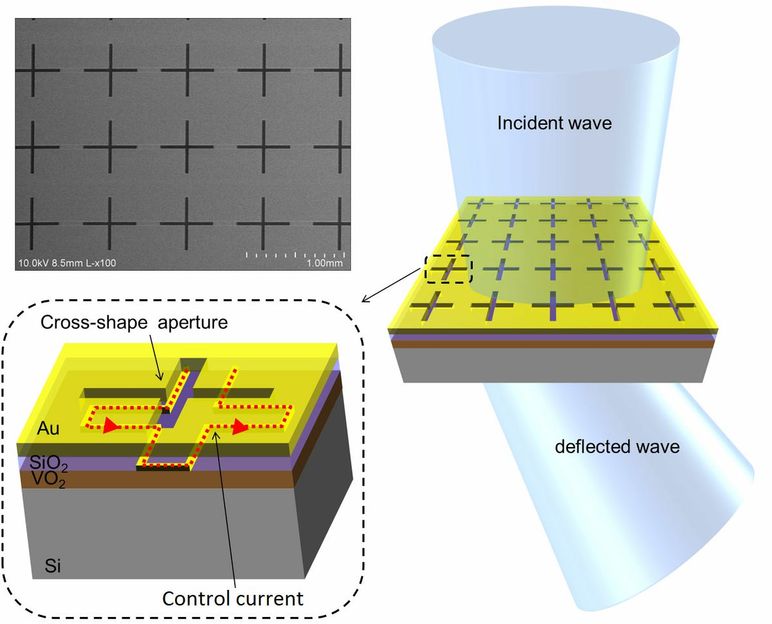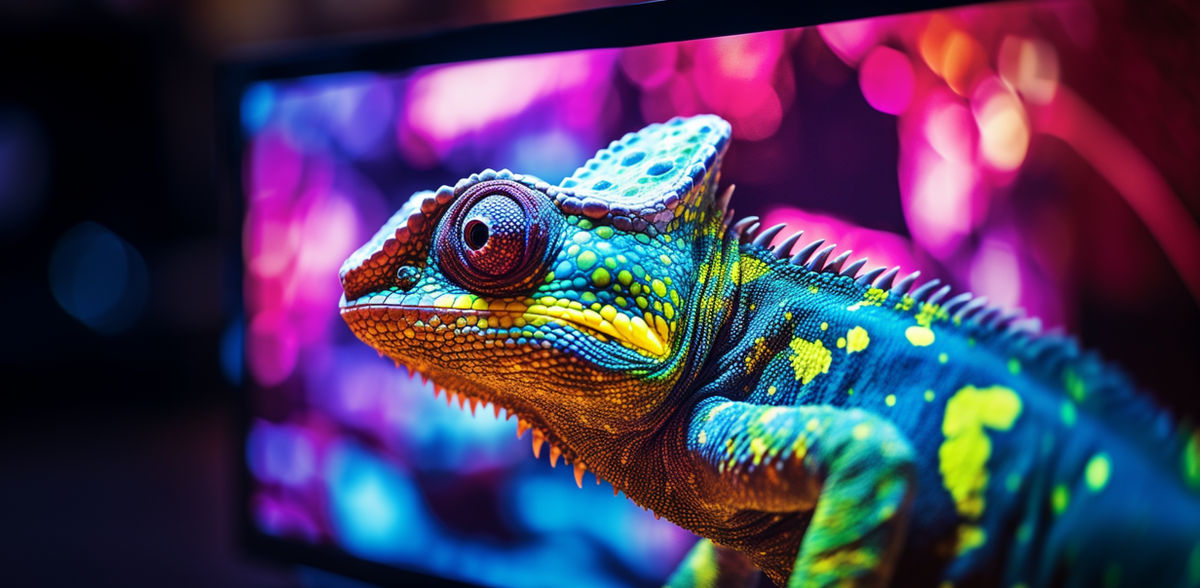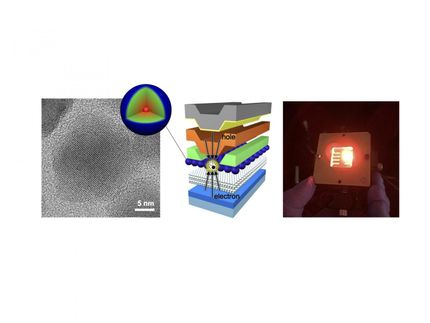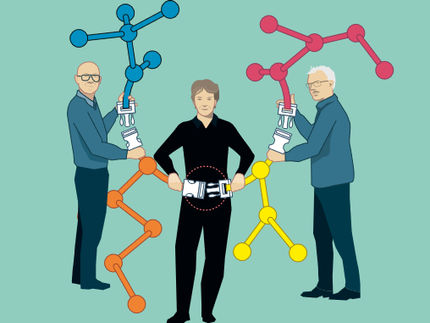Nobel Prize in Chemistry 2023 for the discovery and synthesis of quantum dots
Three US scientists planted an important seed for nanotechnology - we have just started exploring the potential of these tiny particles
The Royal Swedish Academy of Sciences has decided to award the Nobel prize in Chemistry 2023 to Moungi G. Bawendi (Massachusetts Institute of Technology (MIT), Cambridge, MA, USA), Louis E. Brus (Columbia University, New York, NY, USA) and Alexei I. Ekimov (Nanocrystals Technology Inc., New York, NY, USA) “for the discovery and synthesis of quantum dots”.

© Johan Jarnestad/The Royal Swedish Academy of Sciences
They planted an important seed for nanotechnology
The Nobel Prize in Chemistry 2023 rewards the discovery and development of quantum dots, nanoparticles so tiny that their size determines their properties. These smallest components of nanotechnology now spread their light from televisions and LED lamps, and can also guide surgeons when they remove tumour tissue, among many other things.
Everyone who studies chemistry learns that an element’s properties are governed by how many electrons it has. However, when matter shrinks to nano-dimensions quantum phenomena arise; these are governed by the size of the matter. The Nobel Laureates in Chemistry 2023 have succeeded in producing particles so small that their properties are determined by quantum phenomena. The particles, which are called quantum dots, are now of great importance in nanotechnology.
“Quantum dots have many fascinating and unusual properties. Importantly, they have different colours depending on their size,” says Johan Åqvist, Chair of the Nobel Committee for Chemistry.
Physicists had long known that in theory size-dependent quantum effects could arise in nanoparticles, but at that time it was almost impossible to sculpt in nanodimensions. Therefore, few people believed that this knowledge would be put to practical use.
However, in the early 1980s, Alexei Ekimov succeeded in creating size-dependent quantum effects in coloured glass. The colour came from nanoparticles of copper chloride and Ekimov demonstrated that the particle size affected the colour of the glass via quantum effects.
A few years later, Louis Brus was the first scientist in the world to prove size-dependent quantum effects in particles floating freely in a fluid.
In 1993, Moungi Bawendi revolutionised the chemical production of quantum dots, resulting in almost perfect particles. This high quality was necessary for them to be utilised in applications.
Quantum dots now illuminate computer monitors and television screens based on QLED technology. They also add nuance to the light of some LED lamps, and biochemists and doctors use them to map biological tissue.
Quantum dots are thus bringing the greatest benefit to humankind. Researchers believe that in the future they could contribute to flexible electronics, tiny sensors, thinner solar cells and encrypted quantum communication – so we have just started exploring the potential of these tiny particles.
Other news from the department science

Get the chemical industry in your inbox
By submitting this form you agree that LUMITOS AG will send you the newsletter(s) selected above by email. Your data will not be passed on to third parties. Your data will be stored and processed in accordance with our data protection regulations. LUMITOS may contact you by email for the purpose of advertising or market and opinion surveys. You can revoke your consent at any time without giving reasons to LUMITOS AG, Ernst-Augustin-Str. 2, 12489 Berlin, Germany or by e-mail at revoke@lumitos.com with effect for the future. In addition, each email contains a link to unsubscribe from the corresponding newsletter.
Most read news
More news from our other portals
Last viewed contents
Carnelian_beads
Devgen nv and Dogal A.S. receive regulatory approval for Devgen's nematicide product in Turkey
WACKER to Build New Production Facilities for Dispersions and Polymer Powders in South Korea
European Commission Statement of Objections - Ciba Inc. confirms that it has received a Statement of Objections from the European Commission
LGC and AKOS combine to offer expanded drug development services
European_Gemological_Laboratory_(USA)
BASF raises prices for Neopentylglycol and Trimethylolpropane
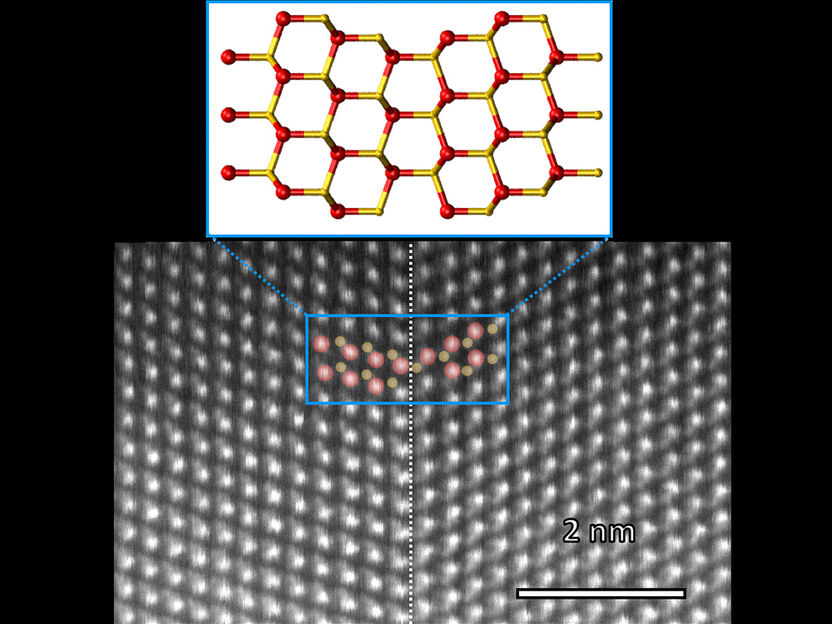
Better thermal conductivity by adjusting the arrangement of atoms
Günter_Wirths
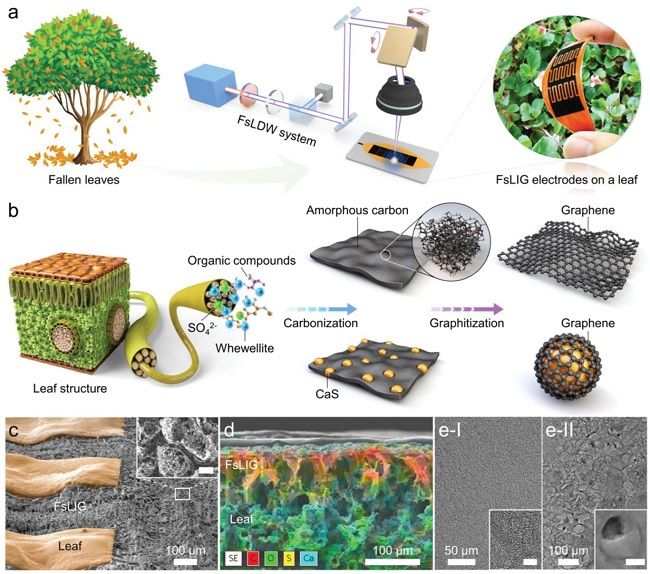
Eco-friendly micro-supercapacitors using fallen leaves - Femtosecond micro-supercapacitors on a single leaf could easily be applied to wearable electronics, smart houses, and IoTs
